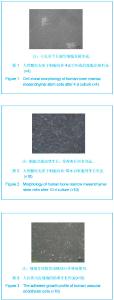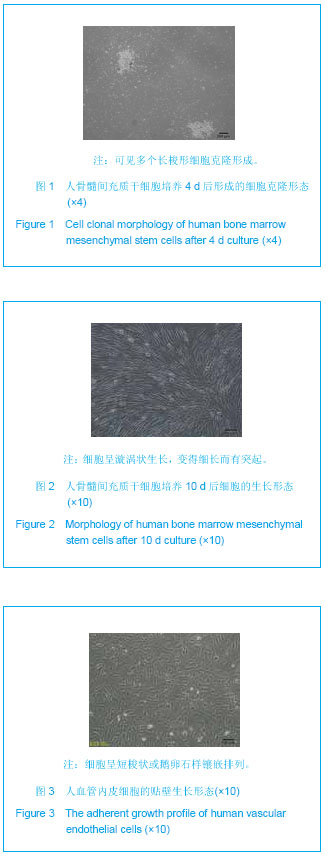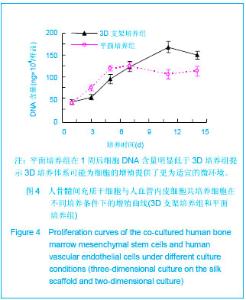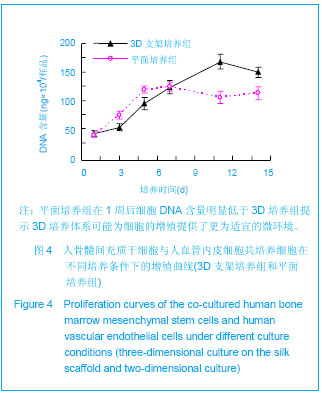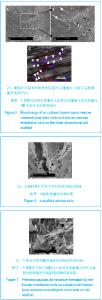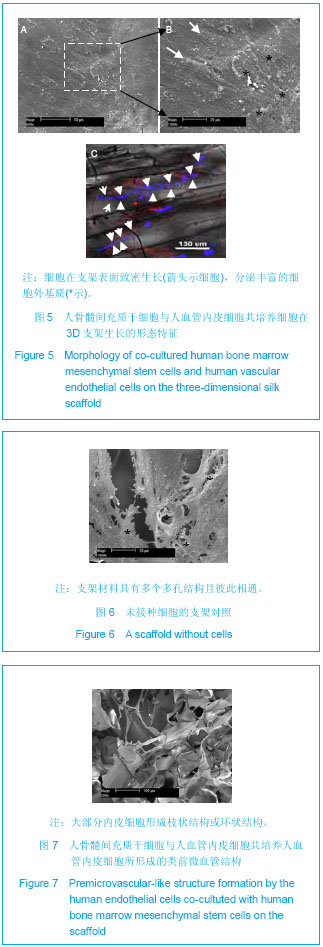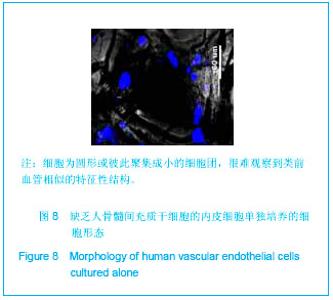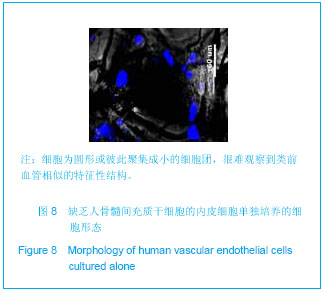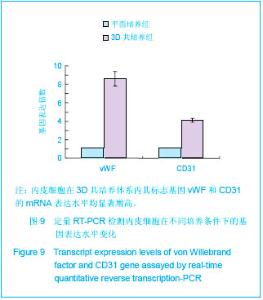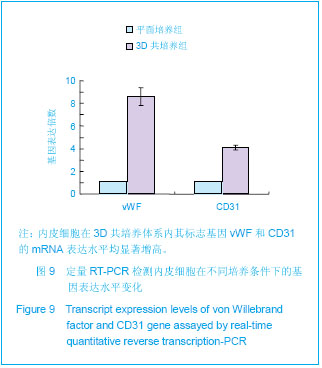| [1] Oh SH, Ward CL, Atala A,et al. Oxygen generating scaffolds for enhancing engineered tissue survival. Biomaterials.2009 ; 30(5):757-762.
[2] Novosel EC, Kleinhans C, Kluger PJ. Vascularization is the key challenge in tissue engineering. Adv Drug Deliv Rev.2011; 63(4-5):300-311.
[3] Bouhadir KH, Mooney DJ. Promoting angiogenesis in engineered tissues. J Drug Target.2001; 9(6):397-406.
[4] Santos MI, Unger RE, Sousa RA, et al. Crosstalk between osteoblasts and endothelial cells co-cultured on a polycaprolactone-starch scaffold and the in vitro development of vascularization. Biomaterials.2009;30(26):4407-4415.
[5] Unger RE, Sartoris A, Peters K,et al.Tissue-like self-assembly in cocultures of endothelial cells and osteoblasts and the foration of microcapillary-like structures on three-dimensional porous biomaterials.Biomaterials.2007;28(27):3965-3976.
[6] Moon JJ, West JL.Vascularization of engineered tissues: approaches to promote angio-genesis in biomaterials.Curr Top Med Chem.2008;8(4):300-310.
[7] Kaufman-Francis K, Koffler J, Weinberg N, et al. Engineered vascular beds provide key signals to pancreatic hormone-producing cells. PLoS One.2012; 7(7):e40741.
[8] Verseijden F, Posthumus-van Sluijs SJ, Pavljasevic P,et al. Adult human bone marrow- and adipose tissue-derived stromal cells support the formation of prevascular-like structures from endothelial cells in vitro.Tissue Eng Part A. 2010;16(1):101-114.
[9] 张洪鑫,杨柳,段小军.骨髓间充质干细胞向血管内皮细胞诱导分化研究进展[J]. 四川医学,2008,29(8):953-955.
[10] Oswald J, Boxberger S, Jorgensen B, et al .Mesenchymal stem cells can be diff erentiated into endothelial cel ls in vit rol. Stem Cells.2004;22(3):377-384
[11] 梁峰,王韫芳,南雪,等.体外诱导人骨髓间充质干细胞定向血管内皮细胞分化[J].中国医学科学院学报,2005,27(6) :665-669.
[12] Rafii S,Meeus S,Dias S,et al.Contribution of marrow marrow derived-progenitors to vascular and cardiac regeneration. Stem in Cell Dev Biol. 2002;13(1):61-67.
[13] Haynesworth SE. Baber MA, Caplan AI. Cytokine expression by human marrow-derived mesenchymal progenitor cells in vitro: effect of dexamethasone and IL-1 alpha. Cell Physiol. 1996;166(3):585-592.
[14] Liu Y, Dulchavsky DS, Gao X, et al. Wound repair by bone marrow stromal cells through growth factor production. J Surg Res.2006;136(2):336-341.
[15] Davis GE, Bayless KJ, Mavila A.Molecular basis of endothelial cell morphogenesis in three-dimensional extracellular matrices. Anat Rec.2002;268(3):252-275.
[16] Davis GE, Koh W, Stratman AN. Mechanisms controlling human endothelial lumen formation and tube assembly in three-dimensional extracellular matrices. Birth Defects Res C Embryo Today. 2007; 81(4):270-285. |
